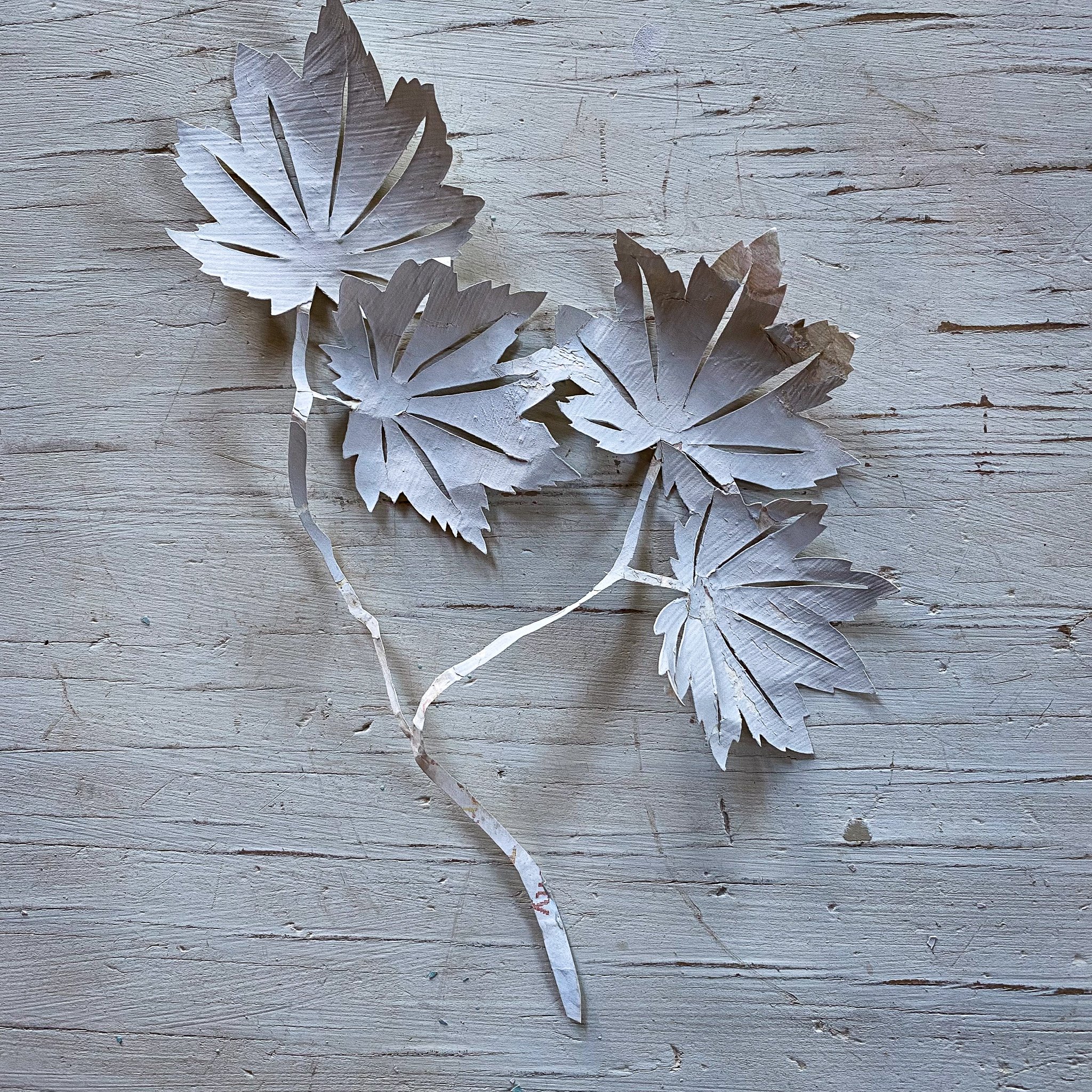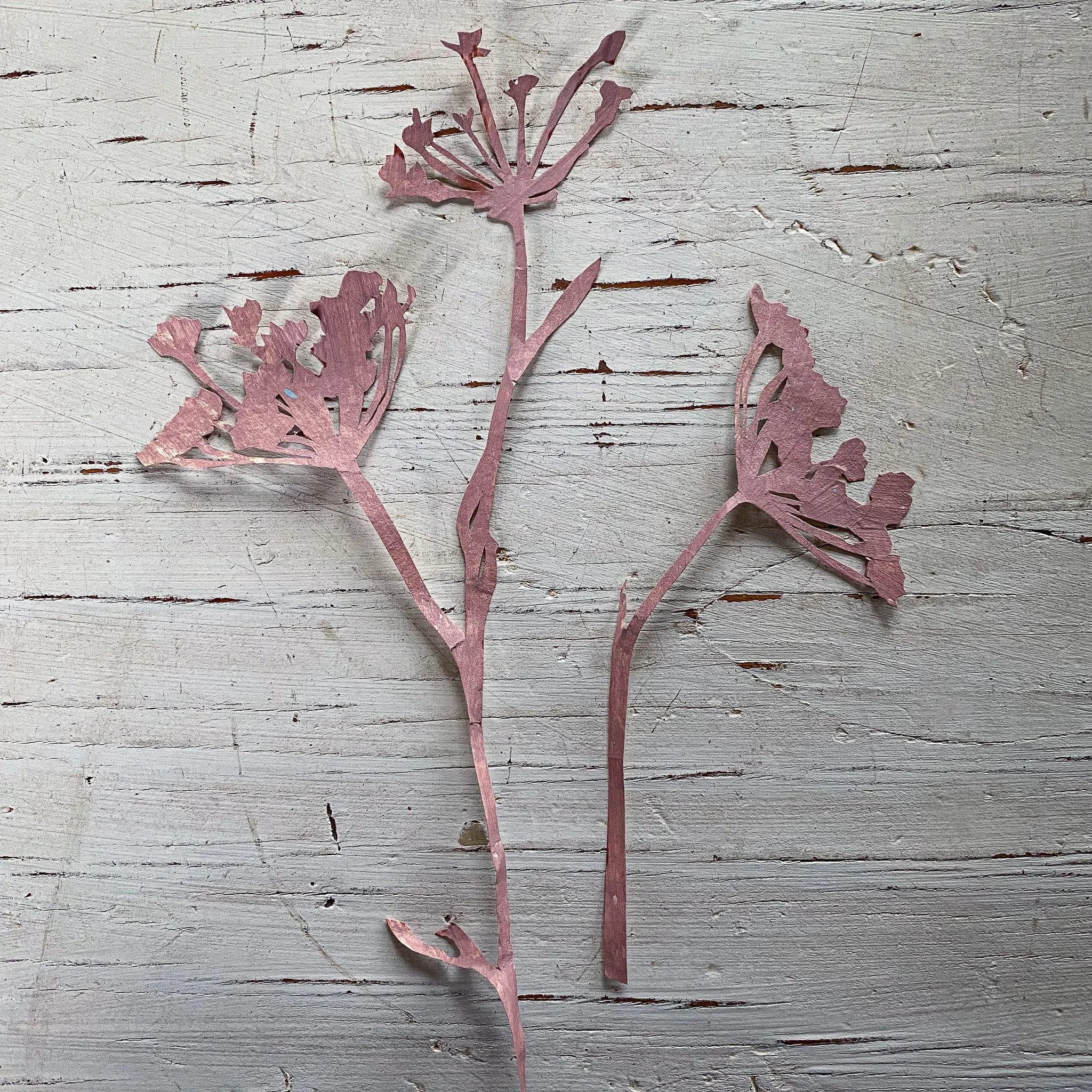Red Huckleberry
Has dainty leaves that are small, oval and not toothed, some occasionally persist through winter.Its stems are finely branched, angular and usually bright-green but sometimes red. The greenish or creamy-pink urn-shaped flowers arise singly in leaf axils which become berries that bright red. It is the only native upright Vaccinium with red berries.
Manzanita
Thick leathery leaves that are pointed and oval on short petioles, alternate, blue green to grey green and universally 1 to 1 1/2 inches long. Distinctive red brown bark and twisting branches.
Dogwood
The tiny, greenish, purple-tinged flowers are pressed into tight hemispheric clusters. These clusters are surrounded by 4-6 white (sometimes pink-tinged) bracts, creating a showy inflorescence with the appearance of one large flower. Each flower cluster develops into a bumpy ball of hard, red fruits in the fall.
Vine Maple
Like all maples, the leaves are arranged opposite each other on the stem. Vine maple leaves have a very distinctive shape. Its symmetric, palmate leaves have 7-9 regularly spaced lobes, all nearly the same length. Young stems are a pale green. White flowers with wine colored sepals are replaced by widely spreading samaras– the paired, winged seeds almost forming a straight line.
Camas
Camas has bright blue, and occasionally white flowers, that form a showy raceme. They have 3 sepals and 3 petals which are similarly colored and 6 stamens. Camas can grow 1-2 feet tall with basal grass like leaves. The onion-like bulb is covered with blackish coats but are white inside.
Cleavers
A straggly scrambling or climbing plant with weak branched stems up to 1.5m long. The stems are hollow, square in section with ridges at the corners. The leaves form whorls of four to eight at nodes on the stems. They have no leaf-stalk.
Chicory
A useful immigrant from europe which is now naturalized here in the PNW, chicory has beautiful blue flowers and a nutritious edible root which is often used as a coffee substitute.
Fern
There are about 10 species of fern native to the pacific northwest. They have pinnate (feather) like leaves and reproduce via spores. Prefers moist, understory habitat. The young fiddleheads are edible in some species.
Wild Carrot
Herbaceous biennial in the carrot family that starts as a rosette in the first year. It grows between 1- 4 feet and the stem is hairy. Leaves are alternate, pinnately divided, feathery and lacy. Flowers are tiny and white, and clustered in flat, dense 2-4 inch umbels.
Hazel
Simple, rounded leaves with double-serrate margins, arranged in an alternate fashion. It forms a very nice open, multi-stemmed shrub. They turn yellow in the fall before they are shed. The branches are thin and the twig zig-zag as they grow. Grown commercially for their nuts.
Maple Seeds
Those familiar little whirling helicopter seeds we love to watch spin to the ground, many maples have this recognizable winged seed pod.
Mugwort
The leaves of mugwort are arranged alternately on the stem and shallowly lobed closer to the ground but are deeply dissected and linear higher up with each lobe tapered to a point. Used both as a seasoning and medicinally, as well for smoking blends.
Salal
Dense, robust, thicket-forming subshrub or shrub, usually from 1-4 ft. high, with erect or spreading, intricately branched stems which can root when reclining. The large, leathery, evergreen leaves are round to oval in shape and dull green becoming reddish in winter. Produces dark blue/black edible berries.
Fireweed
A beautiful brilliant pink flower that gets its name because it’s associated with fire landscapes and is often the first to pop up after a fire. Helps to stabilize damage soils and makes food, medicine, and habitat for many.














